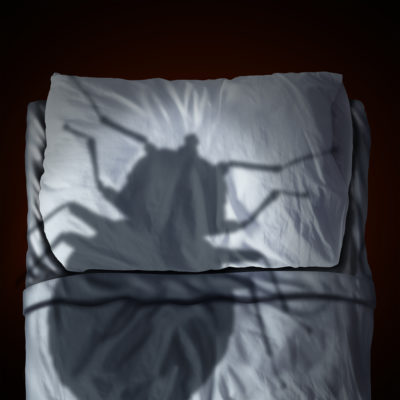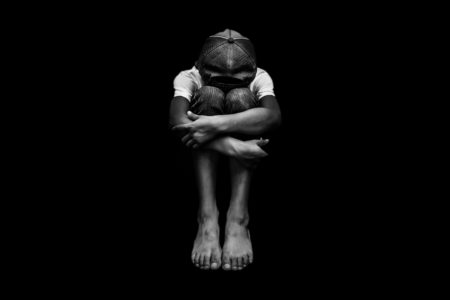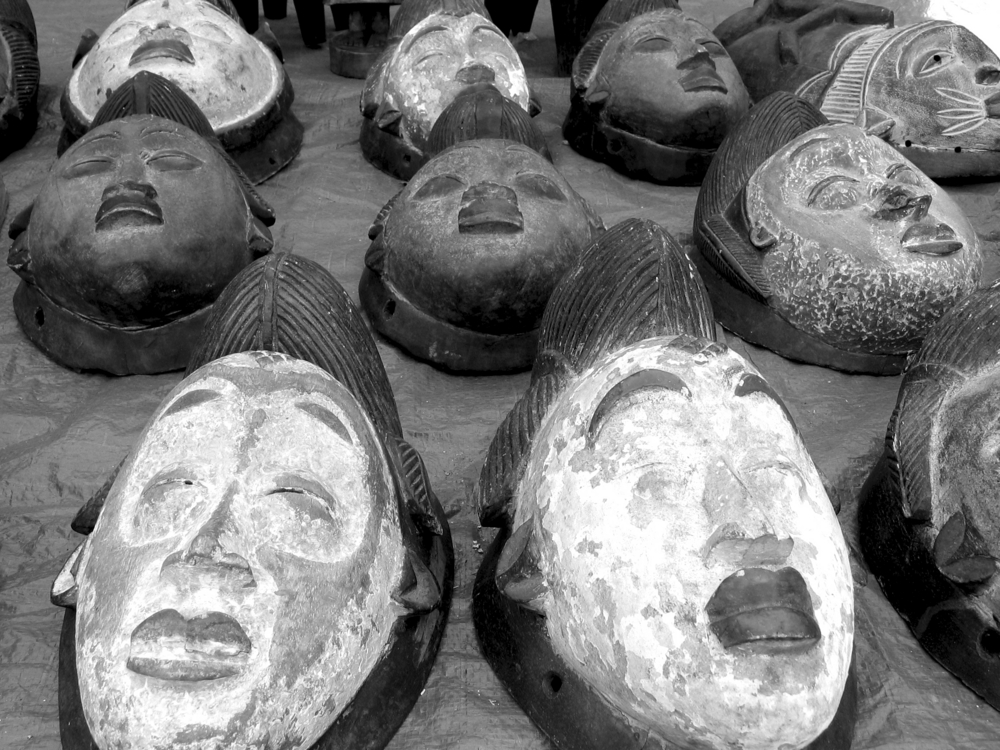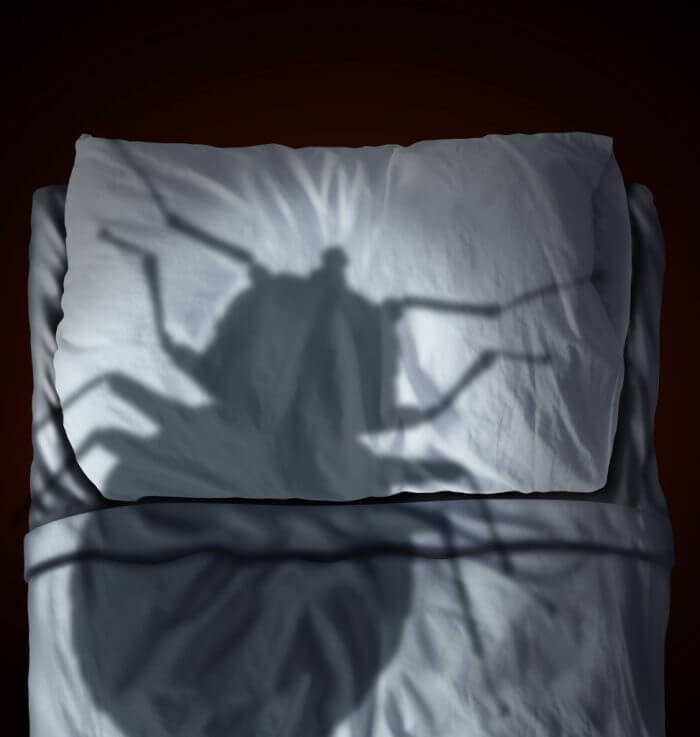[Note: this article was originally posted in February 2017 by InspectorInsight. Although it focuses on the biological and behavioural aspects of free, it’s worth re-reading in the light of a very interesting review of latest research in fear in Scientific American. I’ll write more on this tomorrow.]
If you read the newspapers or switch on the nightly news, you might conclude that there is a lot to be afraid of over the coming year, in keeping with 2016. Fear is primal and one of the most fundamental of human emotions. Charles Darwin believed that the emotion of fear went back to the origins of all species, writing, “we may confidently believe … Fear was expressed from an extremely remote period in almost the same manner as it is now by man”.
Humans share many of the physiological effects of fear, including the widening of eyes and the sharpening of hearing, rapid beating of the heart and shallow breathing. Like animals, we often try to hide ourselves or flee the scene. There are many other symptoms (or precursors) of fear too, including dilation of pupils, chills and sweating (caused by vessel constriction in the skin), increased oxygen supply to the lungs, an increased focus in the body on producing energy (including a spike in blood pressure) and we may even find our hair standing on end!
But above all, we can see fear in someone’s eyes. Fear is experienced and interpreted through dual pathways in the brain. The fast pathway is triggered by any potential threat, such an object that appears to look like a snake, making us retreat into the autopilot of instinct. The slow pathway then works to fully evaluate the potential threat, often finding that the snake is really a stick in the grass, leading our autopilot to stand down and our body to relax out of the adrenaline-fueled high alert.
There has been more research conducted on fear than any other emotion, maybe because it is so easy to arouse. Because of its primal (or even existential) relationship to our survival, we can do nearly anything when we are afraid or nothing at all. Although it is instinctual, fear can be learned too, merely by the repeated association of an object or situation with a negative outcome or emotion.
Robert Plutchik argues that fear is the evolutionary strategy for dealing with external threats, triggering us to escape to safety. At its mildest level, we experience apprehension, and at its most extreme level, we experience terror.
Apprehension is commonly associated with anxiety, although some researchers see anxiety as a mood (anticipating and avoiding future outcomes) and fear as an emotion (a more present threat and/or pain). Anxiety inhibits, coming from the Greek word angh, meaning to press tight, to strangle or to be weighed down by grief). Dread is a related emotion, referring to the anxiety or unease that something may happen, even if it is highly unlikely. Worry is close to anxiety too, shown in the squiggly lines that sit on Charlie Brown’s forehead.
Soren Kierkegaard wrote about anxiety more existentially, calling it the “dizziness of freedom” and arguing that because life is not pre-determined we have absolute freedom to make any choice we want, but also total responsibility for the outcome of our choices. Woody Allen has made a whole career around Kierkegaard’s idea of anxiety.
At the more extreme end of fear, Stephen King describes terror as, “It’s when the lights go out and you feel something behind you, you hear it, you feel its breath against your ear, but when you turn around, there’s nothing there …”. While terror is experienced individually, panic the collective ‘irrationality’ associated with primal reactions to perceived threats, named after Pan (the half-man, half-goat deity).
Although fear is a very negative emotion it plays a very positive role in human lives, helping to protect us from potential harmful situations and objects. Bruno Bettelheim also argues that evil and terror play a positive role in fairy tales, helping children to learn to overcome their fears and control their emotions.
The language we use to describe fear, tells us much about the physical manifestations of the emotion. We are filled with fear, sick with fright, engulfed by panic or haunted by fear. Fear can creep up on us, torment us, haunt us, take hold of us and weigh heavily. Sometimes we go insane with fear, beside ourselves with fear or have our actions dictated by fear. Fear is a very physical and deeply experienced emotion.
However, despite the headlines, all the evidence is that the world is becoming a safer and safer place for all of us, so the oft repeated advice of Franklin D Roosevelt that, “the only thing we have to fear is fear itself” is truer now than it was in 1933. In fact, Roosevelt was stealing his lines from the French renaissance philosopher Michel de Montaigne who wrote, “the thing I fear most is fear”.
My advice is to heed the words of Nelson Mandela. “The brave man is not he who does not feel afraid, but he who conquers that fear”. The archetypes of the Warrior and the “Overcoming the monster” plot embrace fear, and teach us the value of courage in human lives and business success. If you would like dive deeper into human emotions and their role in business and brand stories, please get in touch.
REFERENCE
The Expression of the Emotions in Man and Animals by Charles Darwin
Emotion: Pleasure and Pain in the Brain by Morten Kringelbach & Helen Phillips
Fear: A Cultural History by Joanna Bourke
The Concept of Anxiety by Soren Kierkegaard
The Uses of Enchantment by Bruno Bettelheim
The Emotional Brain by Joseph LeDoux







Perceiving, Feeling, and Acting on Fear – TapestryWorks
[…] is well worth a read if you are interested in the topic. You can find a short introduction to fear here and the Scientific American article […]